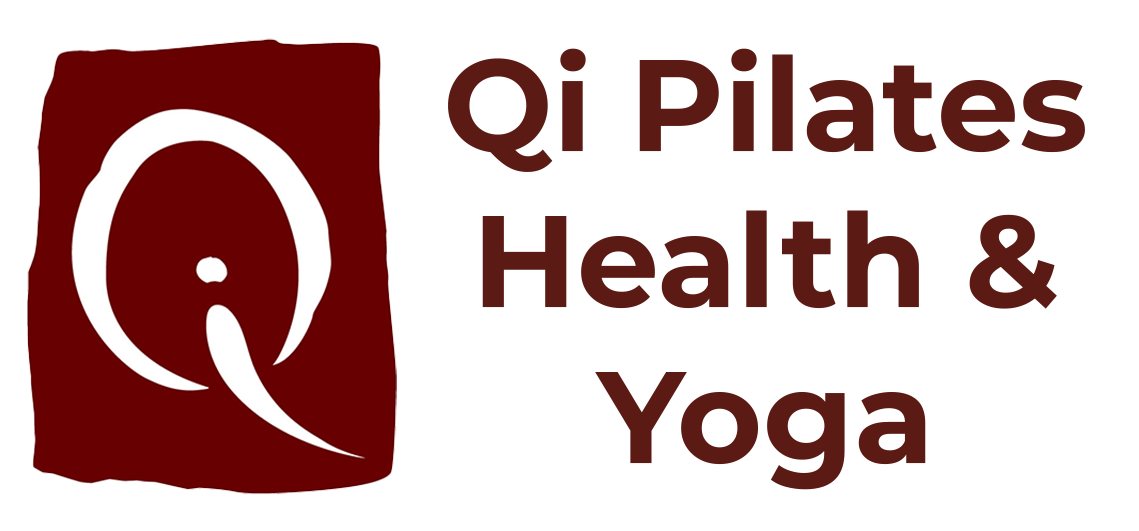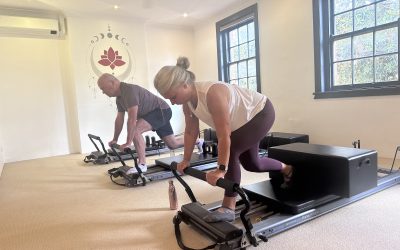I knew I’d reached rock bottom. I’d wept for hours, cocooned in a giant nest of bolsters and blankets. Occasionally someone would kindly stroke my hair and stay briefly then leave me on the edge of the room. I wept from frustration, pain, shame and despair feeling I’d wasted years of my life in the hollow pursuit of a false and unsustainable goal.
No it wasn’t drugs, or food or sex addiction, and I didn’t need to enter a 12-step program. It was the sickening realisation: I really wasn’t very good at yoga…or rather the yoga I did wasn’t very good for me!
My back hurt, my neck hurt and pain seemed an every day companion. And I had to concede that the more yoga I did the worse it got. Worst of all, when I went on holiday and stopped practicing for a while, things actually improved! I’m a slow learner. It took me 11 years to admit this to myself.

I really wasn’t very good at yoga…or rather the yoga I did wasn’t very good for me!
The Cambridge English dictionary defines “sustainable” as “causing little or no damage to the environment and therefore able to continue for a long time.” My practice was clearly not sustainable: it was causing me damage and I couldn’t have kept it up for long.
I speculate now that the whole “self-improvement, be the best version of yourself” drive in so much modern yoga might have sprung from Ayn Rand’s massively influential book “The Fountainhead”. Covertly -or overtly- this thinking has since led our culture to mould almost any form of personal activity, but especially exercise, movement, diet and education into a competition to “improve oneself to the max” and take control in our bid for excellence. Training or jogging for fun was no longer enough…there had to be a grander aim; to live to over one hundred years, to beat your PB, to summit without oxygen, 108 sun salutes on one breath! Name your own crazy “Big Hairy Audacious Goal”.
In a funny way I think modern yoga -and maybe Instagram yoga- became caught in the cliché of “no pain, no gain”. Certainly Bikram Chaudry made a fortune from it, flaunting the pain and suffering he would inflict on you in class. (Sadly that was before he also went on to inflict pain by sexually assaulting numerous female students. But that’s another darker Yoga story.) The pumped-up power craze of the recent years, ably assisted by the Nikes, lululemons and other “active-wear” brands and vaunted on Instagram spawned a generation of yoga strivers where working-out was seen as the goal rather than working-in.
Because a kind teacher (thank you Joan!) tenderly offered to support my poor neck in a wobbly triangle pose that day in 2004, a dam of tears burst and I realized that flat-out, I’d just been doing it all wrong. I should have listened to the gnarly Admiral in that great Yoga movie Top Gun, who says “Son, your ego’s writing cheques your body can’t cash!”. My push to go further, better, harder was actually the cause of my suffering, and not the solution. Damn.
Fortunately Donna Farhi, my amazing teacher of the past 19 years, made “an intervention” back then and thanks to her compassionate guidance I explored the purpose of real yoga practice beyond asana. I have since re-engineered everything I do, how I move, breathe and practice in service to my body. Self-inquiry is now the heart of this kinder approach, not self-improvement (though strangely this usually seems to follow anyway!)
My practice is defined by a question mark, not an exclamation mark of yogic brilliance. You’ll find almost no Yoga pics of me on Insta as my shapes are so lame no one would “like” them anyway. But my body is pain-free and life is fantastic, so I don’t care. And I continually see the amazing changes in my students from over the past 20 years of teaching who follow me on the same path.
I realized this quiet revolution, of feeling over doing, of listening inwards, finding a meaningful purpose, was whispering its name in many other nooks of the yoga world when Donna Farhi introduced me to U.S. teacher, author and podcaster J.Brown.
My practice is defined by a ?? not a !! statement of yogic brilliance. You’ll find almost no Yoga pics of me on Insta as my shapes are so lame no one would “like” them anyway.
Like almost everyone reading this, I’d heard about his weekly Yoga podcasts a casual chat with anyone and everyone in the yoga and consciousness-evolving world. Every week he shares insights into how these thought-leaders see the world, the teachers that influenced them and why and he’s not shied away from the angst and shadow that also needs to be addressed in the yoga world of #metoo and injury through abuse.
He has written passionately about the power of slowing things down, keeping yoga supremely simple, having fun, hanging out in yoga, and finding the heart of what a nourishing practice can be about. He sounded like a kindred spirit who’d been burned by the intensity of trying too hard in the past. His approach sounded sustainable and our paths had many parallels (though he’s much more famous than me!)
A few years back, he wrote a piece called: “Gentle is the New Advanced.” It was mostly a response to a NY Times article on the meme of the yoga selfie. He observed that some old-school teachers seemed to be finding a niche among the new-school vinyasa scene by billing themselves as “Gentle Flow.” He also suggested that the allure of the flashy pose and its ability to attract followers was a hollow pursuit that would wither over time. Recent trends might suggest that not only are people re-evaluating the merits of Instagram, but younger teachers are beginning to embrace and emulate old-school wisdom.
People were discovering again that yoga is not necessarily something you do to yourself so much as something you do with yourself.
Despite his online media fame, it’s clear he’s often seen as something of a pariah. Challenging the orthodoxy of power-vinyasa and “modern postural Yoga” can be scary. But as soon as he realized he was amongst slow-yoga friends when he visited my yoga school he relaxed enough to remove his bullet-proof yoga vest to share his immense and genial knowledge informed by a global perspective from teaching and interacting with luminaries of all persuasions.
People were discovering again that yoga is not necessarily something you do to yourself so much as something you do with yourself.
He’s noticed many old-school teachers re-emerging at the larger holistic learning centres in the USA singing the praises of a slower, safer approach. He also confirmed the concept of “Slow Yoga” is not just about the pace with which we move our bodies. It’s a question of purpose. Whatever question you’re asking yourself and whatever the answer you may arrive at, space enough for the inquiry is going to be required. Slow Yoga takes the emphasis off accomplishing something and puts it more on experiencing something…very old-school. Hurray!
The irony is that slow yoga does not mean easy or cushy yoga (though it can be this too if you want). You’ve probably already discovered that moving slowly with great awareness is physically and mentally challenging in a whole different way from choreographing a super-slick vinyasa practice to a killer playlist.
Moving only at the speed of one’s breath with faultless control is seriously hard work, will work up a sweat but makes it almost impossible to harm yourself in the process as you have time to constantly evaluate or modify what you’re doing. I’d characterize my slow yoga practice as “gentle but intense” and most people are surprised how challenging it is even if the forms are very simple. Just as importantly to me, it’s sustainable.
My early practice was clearly not sustainable: it was causing me damage and pain. But a slower, playful curiosity informs my practice and my teaching now and it is infinitely sustainable – and far more enjoyable.
Moving slowly is physically and mentally challenging in a whole different way from choreographing a super-slick vinyasa practice to a killer playlist
It’s my hope we can all find a sustainable method to nourish our growth and our participation in this glorious gift called life.
Details and bookings call 02 9976 6880.
You can enjoy his yoga podcasts and writing at jbrownyoga.com



0 Comments